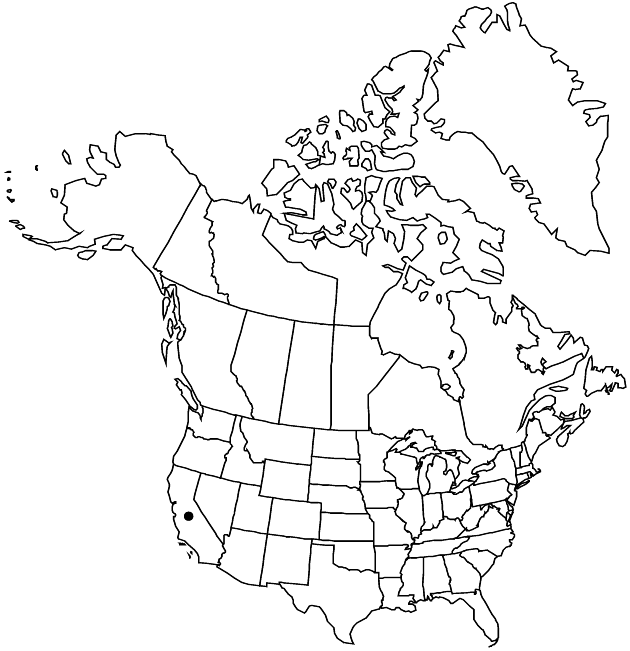Difference between revisions of "Eriophyllum congdonii"
Bot. Gaz. 27: 449. 1899.
FNA>Volume Importer |
FNA>Volume Importer |
||
| Line 47: | Line 47: | ||
|publication year=1899 | |publication year=1899 | ||
|special status= | |special status= | ||
| − | |source xml=https://jpend@bitbucket.org/aafc-mbb/fna-data-curation.git/src/ | + | |source xml=https://jpend@bitbucket.org/aafc-mbb/fna-data-curation.git/src/8f726806613d60c220dc4493de13607dd3150896/coarse_grained_fna_xml/V19-20-21/V21_894.xml |
|tribe=Asteraceae tribe Heliantheae | |tribe=Asteraceae tribe Heliantheae | ||
|subtribe=Asteraceae (tribe Heliantheae) subtribe Baeriinae | |subtribe=Asteraceae (tribe Heliantheae) subtribe Baeriinae | ||
Revision as of 15:38, 18 September 2019
Annuals, 10–30 cm. Stems ± spreading. Leaves: oblanceolate, 10–40 mm, rarely 2–3-lobed, ultimate margins usually entire, plane (apices acute), faces ± woolly. Heads borne singly. Peduncles 3–10 cm. Involucres campanulate, 3–5 mm diam. Phyllaries 8–10, distinct. Ray florets 8–10; laminae yellow, 3–5 mm. Disc florets 10–30; corollas 2–3 mm (tubes cylindric, throats funnelform, gradually dilated, lobes not glandular; anther appendages deltate, glandular). Cypselae 2.5–3 mm; pappi of 3–5 ± spatulate scales 0.5–1 mm plus 3–5 lanceolate scales 1.5–2 mm. 2n = 14.
Phenology: Flowering Mar–Jun.
Habitat: Rocky openings, foothill woodlands or yellow pine forests
Elevation: 500–1900 m
Discussion
Of conservation concern.
Selected References
None.
Lower Taxa
None.
